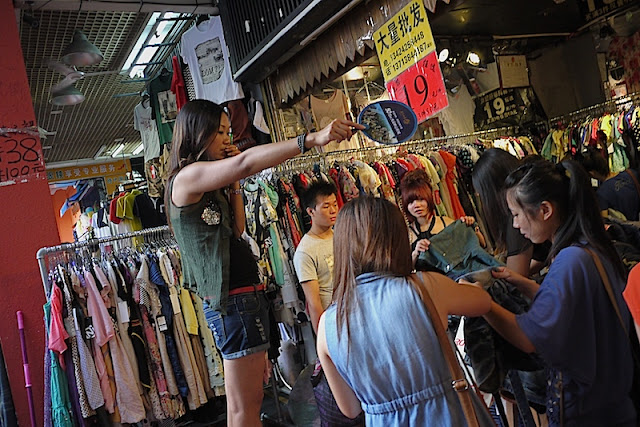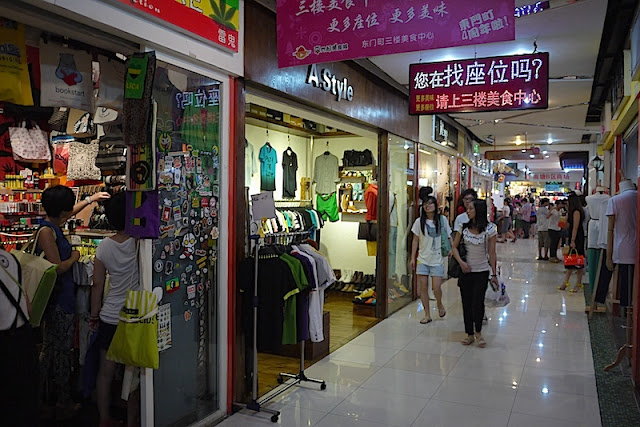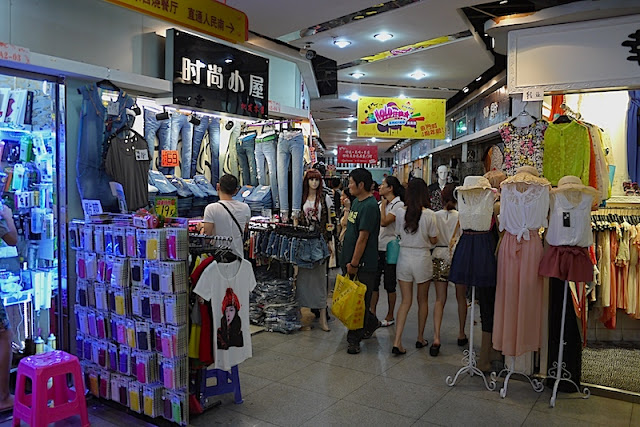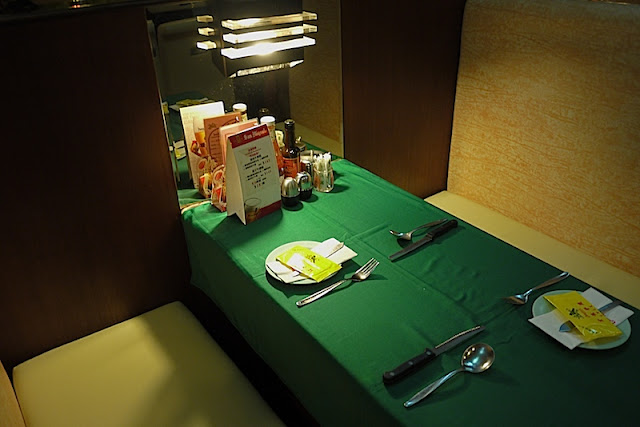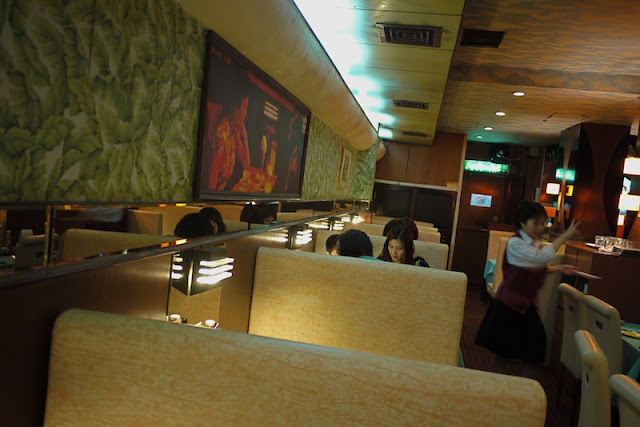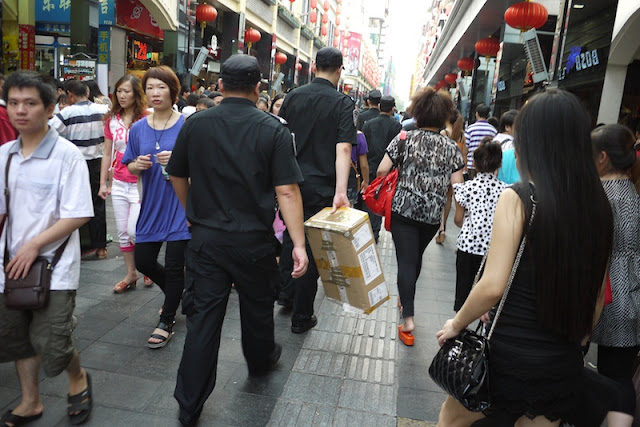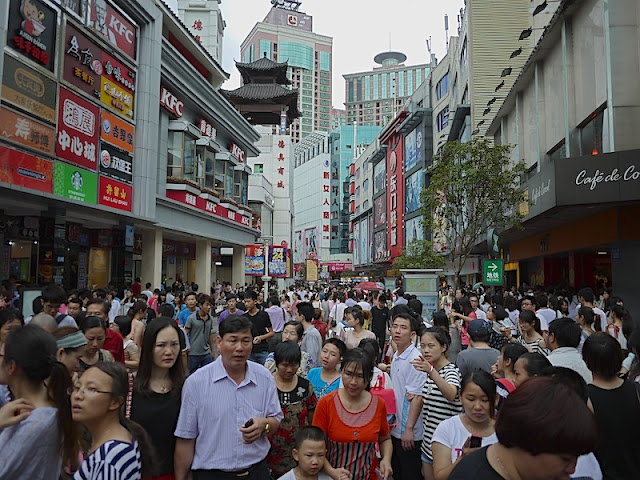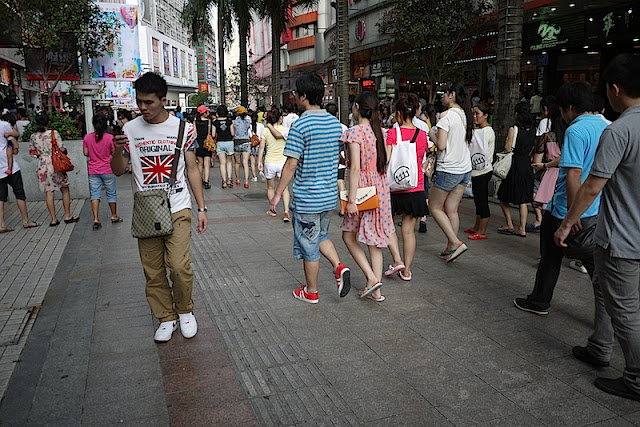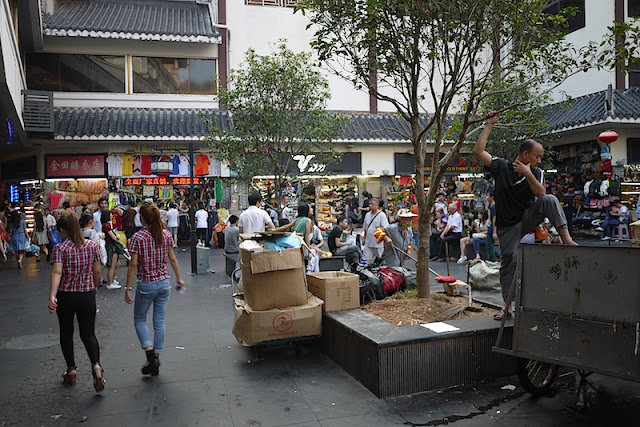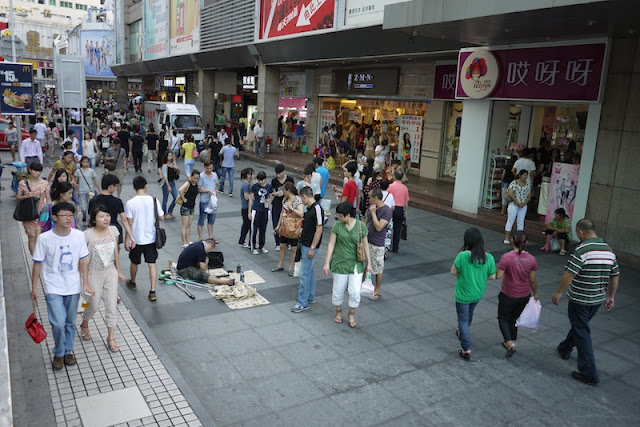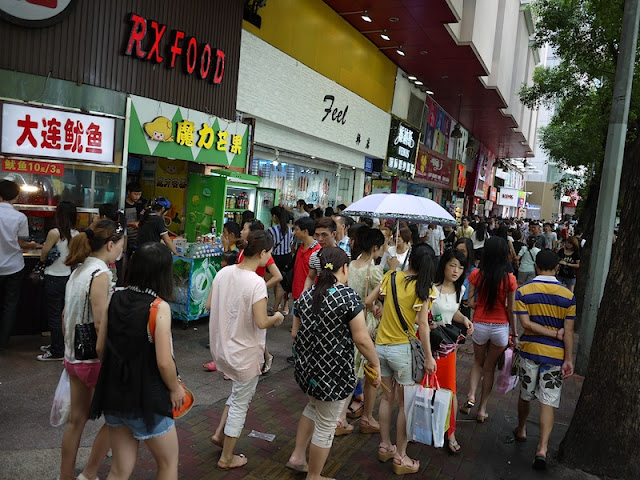Tennis player Andy Murray responded to a number of questions posed by readers of The New York Times. One answer in particular:
Although I am not aware of any Scottish blood in my family, I share the sentiment in encouraging Murray to change his habits. However, my feelings are tempered by wondering why Murray never reads.
During my days of cognitive science research, my main quest was to better understand the functioning of the typical human brain. In this pursuit, I tested a number of people with cognitive deficits -- in short, seeing how something can break can provide clues about how it operates when not broken. Some of the deficits I studied made reading, which requires a complex set of processes, difficult or impossible for a person regardless of any training or level of interest. So it is almost a reflex for me to question whether Murray does not read because he has a cognitive deficit. It is even possible that a deficit exists which has not been identified and Murray is not consciously aware anything is amiss except for lacking a desire to read.
Some may now be asking: "How could someone as talented as Murray have a reading deficit? And if he did have a reading deficit how could it have gone unnoticed, presumably by him, teachers, parents, and others?"
Instead of fully answering these questions, I will share a relevant example that can begin to address them. Michael McCloskey, a professor of cognitive science at Johns Hopkins University*, in a most unexpected manner discovered a person with a fascinating deficit:
If Murray has a deficit there is little reason at the moment to think it would be anything nearly as dramatic as AH's. But what I want to emphasize about AH's story is that someone with a profound, yet long unidentified, cognitive deficit could function at a high level, even in some of the areas affected by the impairment. Just as amazing as how cognitive processes can go awry is how the brain can sometimes adapt to them.
Of course, Murray may not have any reading deficits at all, and I am not saying that anyone who does not read has a cognitive deficit. But although I do not advocate the press hounding Murray on this issue, if I had the opportunity I would at least ask Murray a few questions in private. After all, there might be a discovery to be made that may not only surprise me, but Murray as well.
*Disclosure: Michael McCloskey also has another important identifying characteristic: he was my graduate school advisor.
Q. Last book you read? (Nimmi Matthew from Calgary)caught the attention of James Fallows:
A. I never read. The paper or anything. I watch a lot of movies, and TV series and stuff. But I never, never read.
Andy! Say it isn't so! I speak for all your fellow Scots* in saying, Well done at the Olympics, but this is not a plus for ethnic pride. Scots are supposed to be thrifty, freckled, somewhat ornery, and literary. Or at least literate.Fallows also urged Andy Murray "to hit the books".
Although I am not aware of any Scottish blood in my family, I share the sentiment in encouraging Murray to change his habits. However, my feelings are tempered by wondering why Murray never reads.
During my days of cognitive science research, my main quest was to better understand the functioning of the typical human brain. In this pursuit, I tested a number of people with cognitive deficits -- in short, seeing how something can break can provide clues about how it operates when not broken. Some of the deficits I studied made reading, which requires a complex set of processes, difficult or impossible for a person regardless of any training or level of interest. So it is almost a reflex for me to question whether Murray does not read because he has a cognitive deficit. It is even possible that a deficit exists which has not been identified and Murray is not consciously aware anything is amiss except for lacking a desire to read.
Some may now be asking: "How could someone as talented as Murray have a reading deficit? And if he did have a reading deficit how could it have gone unnoticed, presumably by him, teachers, parents, and others?"
Instead of fully answering these questions, I will share a relevant example that can begin to address them. Michael McCloskey, a professor of cognitive science at Johns Hopkins University*, in a most unexpected manner discovered a person with a fascinating deficit:
To the casual observer, the student seemed absolutely normal. Though she often made mistakes in spelling and math, those were usually ascribed to carelessness. After all, the girl — known here as "AH" to protect her anonymity — was a top student in history at The Johns Hopkins University...More about AH's deficit can be found by visiting the link above. And a much fuller account can be found in McCloskey's book "Visual Reflections: A Perceptual Deficit and Its Implications". What McCloskey discovered about AH's deficit and how she perceived the world is simply incredible.
"She approached me one day after a lecture during which I was talking about a patient who had difficulty spelling after a brain-damaging stroke, and she mentioned that she wasn't a very good speller," McCloskey remembered. "I offered to give her the same spelling test I routinely use in research, and was surprised to find that this obviously bright student misspelled nearly half of the words. That was a clue that something was going on here."
McCloskey discovered exactly what was going on through further tests. He said that the student was "startled" to learn about her deficit, but that in the end, it probably helped explain certain challenges she had faced in her life.
According to McCloskey, it was AH's ability to compensate for this deficit that allowed her to be such a successful, high achiever.
If Murray has a deficit there is little reason at the moment to think it would be anything nearly as dramatic as AH's. But what I want to emphasize about AH's story is that someone with a profound, yet long unidentified, cognitive deficit could function at a high level, even in some of the areas affected by the impairment. Just as amazing as how cognitive processes can go awry is how the brain can sometimes adapt to them.
Of course, Murray may not have any reading deficits at all, and I am not saying that anyone who does not read has a cognitive deficit. But although I do not advocate the press hounding Murray on this issue, if I had the opportunity I would at least ask Murray a few questions in private. After all, there might be a discovery to be made that may not only surprise me, but Murray as well.
*Disclosure: Michael McCloskey also has another important identifying characteristic: he was my graduate school advisor.


